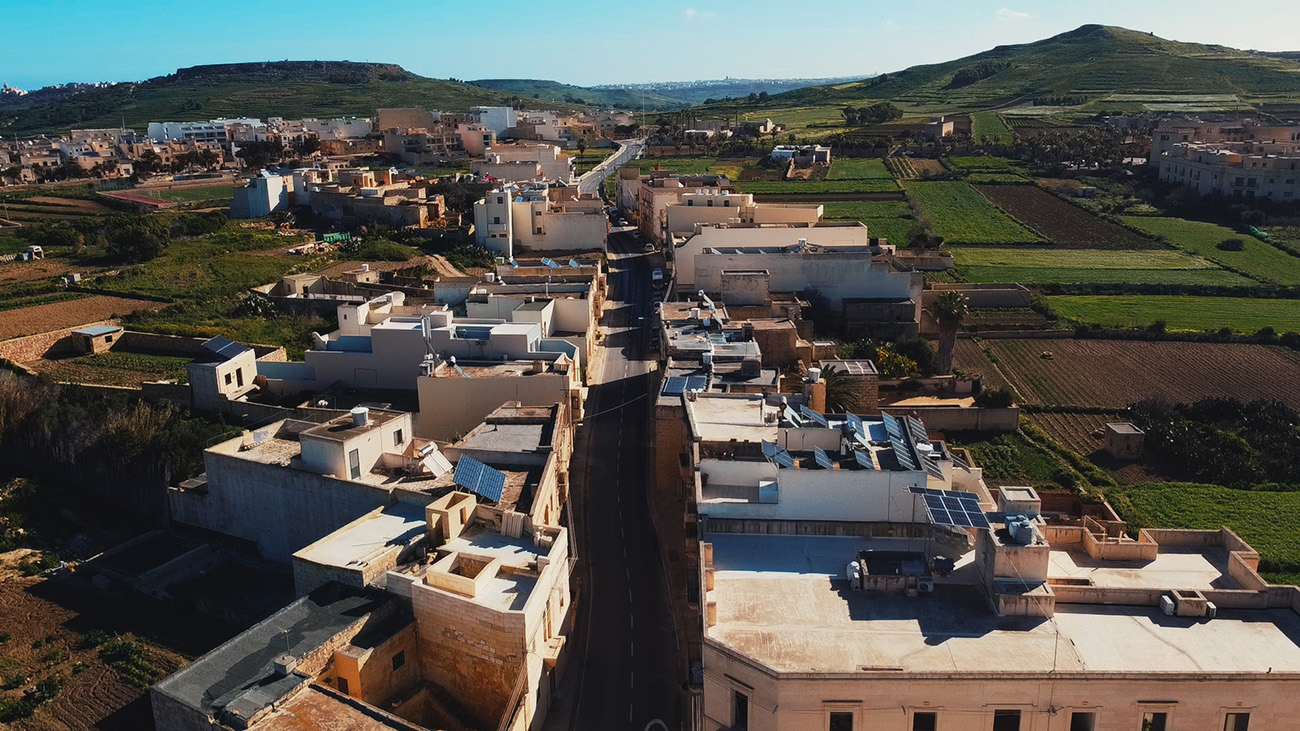San Lawrenz
History
San Lawrenz, a picturesque village located in the western part of Gozo, Malta, is steeped in rich history and tradition. The village was officially established in 1893, but its roots trace back to prehistoric times, evidenced by the nearby Ggantija Temples, a UNESCO World Heritage Site. Named after Saint Lawrence, San Lawrenz has maintained its authentic charm, preserving the heritage of its small, tight-knit community. The village church, dedicated to Saint Lawrence, stands as a testament to the village’s enduring religious and cultural traditions, having been built between 1886 and 1897.
Nightlife
While San Lawrenz is not known for a bustling nightlife scene, it offers a serene and intimate atmosphere perfect for those seeking relaxation. The village boasts several quaint bars and restaurants where visitors can enjoy local Gozitan cuisine and wines. The nearby Azure Window (until its collapse in 2017) was a famous landmark that drew many to the area, enhancing the local nightlife with its breathtaking sunset views. For a more lively experience, visitors can head to the nearby town of Victoria, which offers a variety of bars, clubs, and entertainment options.
Modern Status
Modern Status
Today, San Lawrenz remains a tranquil and picturesque village, attracting visitors with its natural beauty and historical sites. The village is known for its eco-friendly initiatives and commitment to sustainable tourism. The surrounding countryside offers numerous opportunities for outdoor activities such as hiking, cycling, and diving. San Lawrenz is also home to the renowned Kempinski Hotel San Lawrenz, a luxury resort that provides world-class amenities and services, including a state-of-the-art spa and wellness center. This blend of traditional charm and modern conveniences makes San Lawrenz a unique destination on the island of Gozo.
overview
Real Estate In San Lawrenz
San Lawrenz offers a variety of property options, from traditional farmhouses and villas to modern apartments and townhouses. The village’s real estate market is appealing to both locals and expatriates looking for a peaceful and picturesque setting. Properties in San Lawrenz often feature traditional Maltese architecture with stone walls, wooden beams, and tiled floors, providing a rustic yet elegant ambiance. The demand for property in this area has been steadily increasing, driven by its serene environment, stunning landscapes, and proximity to key attractions in Gozo. Investing in property in San Lawrenz not only promises a tranquil lifestyle but also offers potential for rental income, especially with the growing interest in sustainable tourism.

BUY
Properties For Sale in San Lawrenz
RENT
Properties For Rent in San Lawrenz
Localities
Discover other Maltese localities
Take a deep dive and browse the Maltese localities and local insights to see if the homes for sale/rent are right for you.